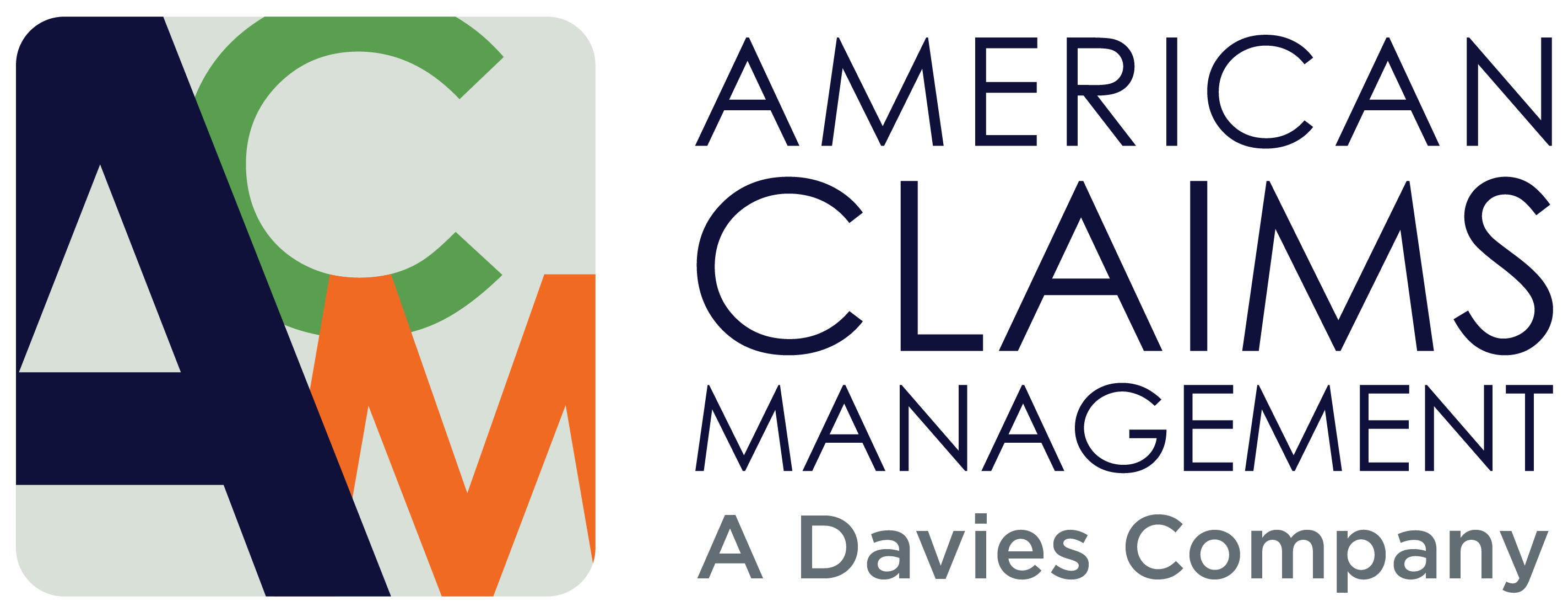How you can help control business risk with a risk management plan
In earlier blogposts, we’ve talked at length about risk assessment and management, along with loss control. Now let’s get down to brass tacks: What’s keeping you from creating your risk management plan, and keeping it going?
While you can’t possibly eliminate all risk, you need to make sure you have the protection you need in every area of your business. Often that’s with an insurance policy. But there will also be risks that you decide to manage on your own, because their potential cost is not high, or the possibility of them happening is just too slim. In both instances, though, you need to be fully aware of those potential losses and have a risk management plan in place.
Here are some examples:
If you have company vehicles, or your employees use their own vehicles to conduct your business, then you need commercial auto coverage. At the same time, there are steps you can take to lessen the likelihood of a driving accident, using the tactics and tips outlined in the blogposts below:
- How to Combat Spiking Commercial Auto Claims
- Tips for using employee-owned vehicles for business
- Autumn’s most common road hazards
- Should you have an employee mobile phone policy?
- How your business can combat the rising cost of vehicle crashes
- Checklist for hiring safe drivers
Does your company have computers that are networked and store clients’ and employees’ private information on file? You may need data breach/cyber coverage. And here are a few ways to lessen those risks:
- Help your retail clients prevent retail data breaches
- Are you vulnerable to an insurance data breach?
Do you have employees? You can lower your workers’ comp claims and insurance costs by adding these suggestions to your risk management plan:
- Beyond face masks: Workplace Personal Protective Equipment
- Tips for working with an aging workforce
- Natural disaster aftermath: Employee safety tips
- How to protect against Valley Fever
- How to prevent heat illness in outdoor workers
- Confined space safety tips for employers
- How to minimize employer risk for drugs in the workplace
- Why you need a workplace violence training program
- Workplace Safety Incentives: Stop Accidents Before They Start
- How your employers can keep employees safe from cold weather work hazards
Do you have a brick-and-mortar location? Then you’ll need commercial property coverage. And there are ways you can influence your insurance rates in your favor here too, by:
- Help clients minimize earthquake damage to commercial property
- 24 fire prevention tips for businesses
- 31 restaurant fire prevention tips
- Fire Prevention Week: Check Your Smoke Alarms
- Natural disaster aftermath: Employee safety tips
- The hard, cold facts of winter, and how you can prevent damage
- Five pillars of a successful return-to-work program
And COVID-19 brought in a whole new set of risks you may want to consider adding to your plan:
- How to prepare for returning to work post-COVID-19
- Best practices for managing a remote workforce
- Are your commercial clients bringing employees back to the workplace? Offer them contact tracing
- Restaurant food safety during COVID-19
These needs are obvious. But what about the not-so-obvious risks? These can range from a key employee (possibly you) who basically runs the entire company- but gets injured and can’t work for a bit. How does the company survive? Or it could be the risk of a fire: You already have property coverage – but do you have funds set aside to compensate for your company’s lack of income while you’re shut down?
We recommend making a list of every potential scenario and loss you can think of, and then sitting down with your tribal insurance agent to discuss these possible losses to ascertain
- How great is the likelihood and the cost of each risk?
- Is it a risk that needs insuring?
- Are there ways you can minimize their possibility right now and in the future?
- What are the most cost-effective ways to mitigate those risks?
Unless you’re a mom-and-pop shop, your risk management plan and loss control efforts shouldn’t be “owned” by one or two people in the company; instead, planning should span all groups, from front desk, customer service, manufacturing lines, janitorial, etc., and all levels of management. Your employees are more hands-on in their areas of labor than are you or your managers, and no doubt they have good ideas as to ways to improve safety and lower risk.
Moreover, risks change continually, as your company goes through cycles. Staff changes that result in less seniority and experience will influence risks and their probability. Environmental factors, from the obvious fires and storms, to roadwork and detours or neighboring businesses opening or closing, will also impact risks.
All that to say – you’ll need to assess risks on at least an annual basis. The best time to do this is when your insurance is about to renew, when your agent is checking in with you about the next year. Ask your agent about your organization’s claims profile. Show him or her your list of potential risks and ask for help in identifying additional claims scenarios. Your agent can help you identify possible hazards and suggest solutions.

